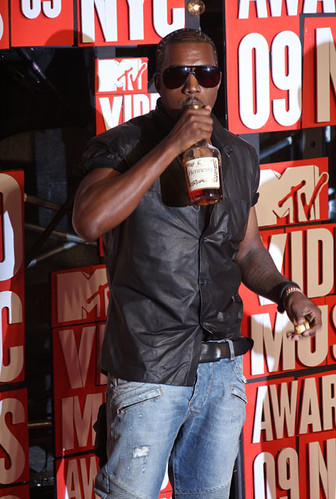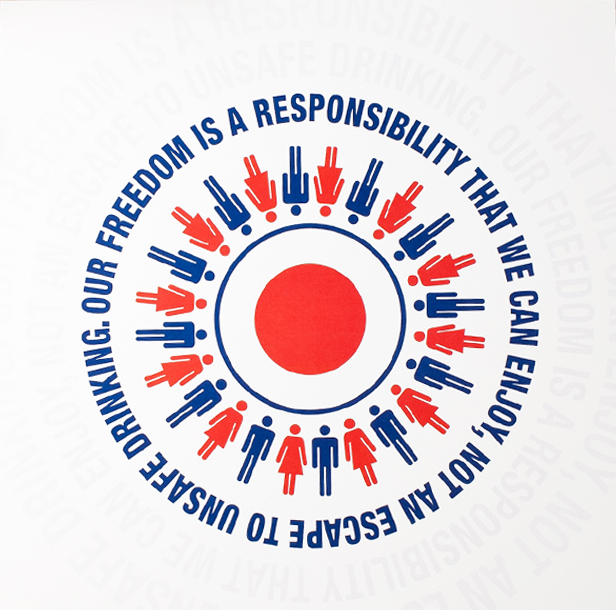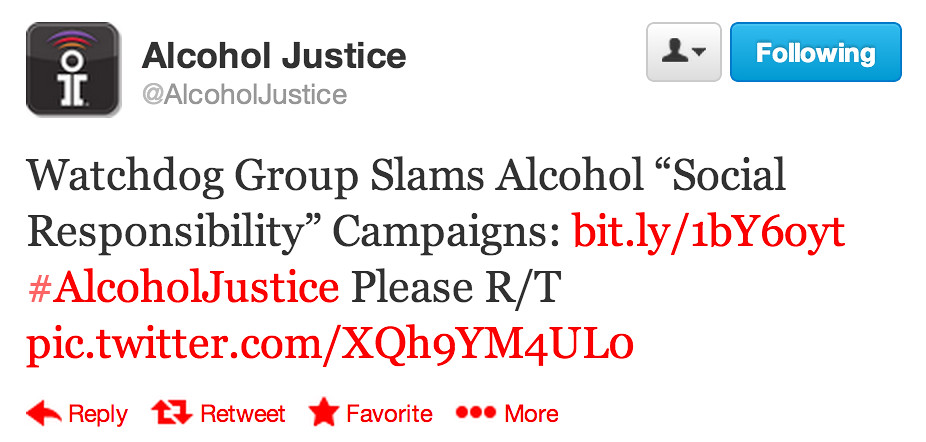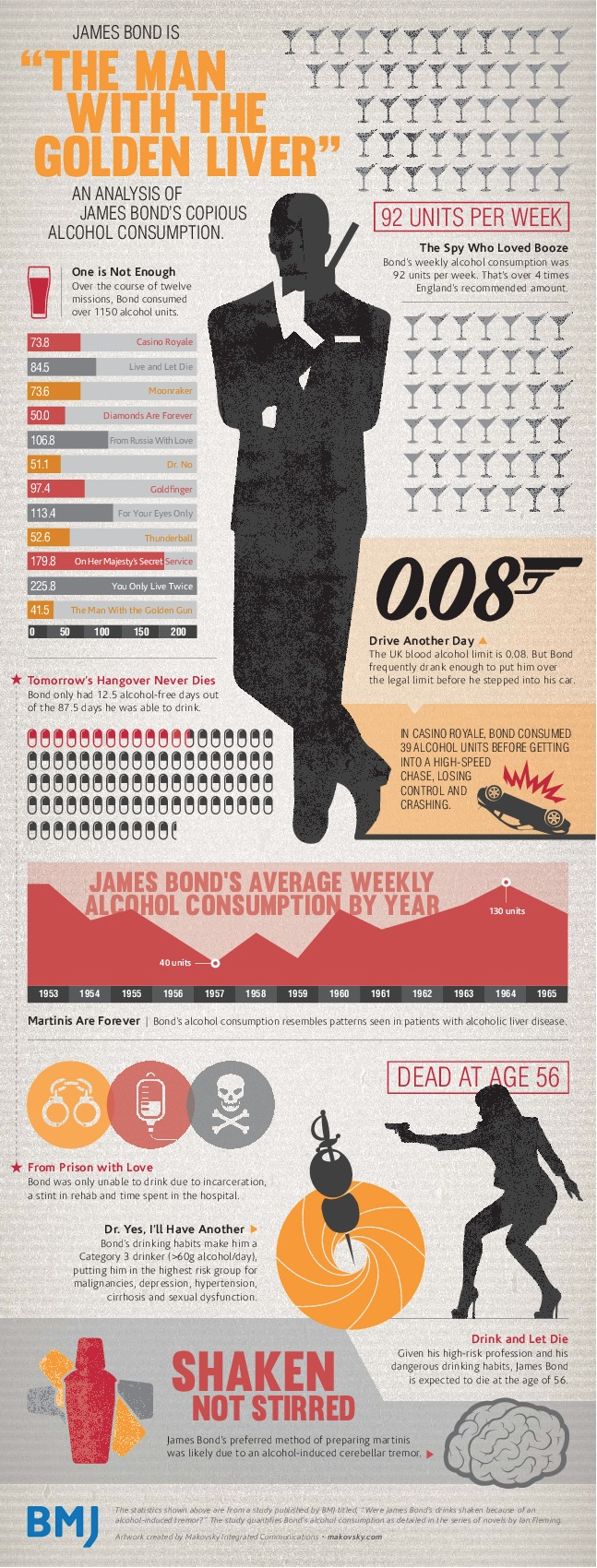
I mentioned this recent study in another post, but it’s worth highlighting all on its own, especially because it contradicts much of the prohibitionist propaganda about how awful it is for kids to see alcohol advertising and how it corrupts their immature little minds, turning them into raging alcoholics. GfK Roper Consulting, which characterizes itself as “one of the world’s leading research companies,” recently released its annual Youth Report, Influences on Youth Decisions about Drinking. Having conducted the same survey since 1991, they note that parents have the most influence on whether or not kids drink before they’re 21. And not only has that been the case for over twenty years, but it’s actually been increasing steadily since that time, up 33% (one-third). During that entire time, advertising has been at or near the bottom the entire time, and is currently at a mere 1%, down 80% from when it was 5% in 1991. This while at the same time, prohibitionists have been complaining about the danger of underage minors just seeing advertisements for alcohol, and doing everything in their power to limit them to the supposed times when kids won’t see them, which is, of course, never.

Parents, as has been the case since they began conducting the survey, are the biggest influence by a wide margin. But prohibitionists have even managed to make it illegal in some states for parents to educate their own kids about alcohol, believing that they can do a better job with such programs, in California at least, as Red Ribbon Days and making up scenarios in high schools where one of their fellow students has been killed in order to scare them into not drinking, putting them through the very real emotional pain of dealing with a killed friend.
Second only to parents are best friends, but even their influence plummeted beginning in 2008, and is now only about 8%. So even peer pressure is waning. Third used to be teachers, but they’ve dropped below all media (defined as TV, radio, magazines, and Internet). In fact, all influence other than parents and friends are 2% or less, making them almost statistically irrelevant.

Going on all during this same time period from 1991 to the present, has been a slow but steady decline in the overall amount of alcohol people are drinking. So not only has the advertising become less effective, especially as younger generations are more media savvy, but people and kids are drinking less and less. But it’s harder to raise money from donations if things are improving from these anti-alcohol organizations’ point of view. So what should be good news like this is virtually ignored by them. Good luck trying to find anything about this survey on their websites. If they really cared about stopping underage drinking or keeping drunks off the road you’d think they’d be arming parents with the tools they need to educate their children about responsible alcohol consumption, but actions speak much louder than words, and their actions are all about sounding alarm bells and raising money.



















